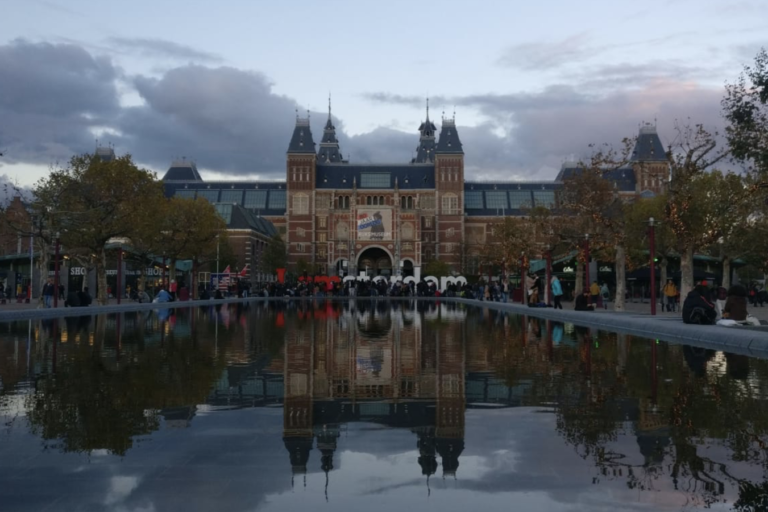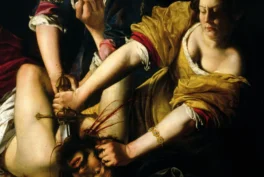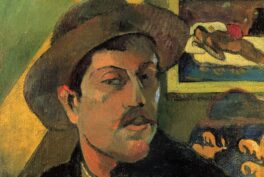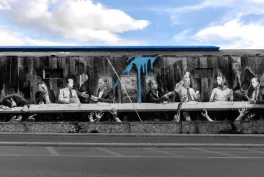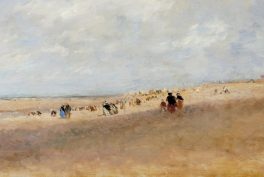It was December, and the holidays were getting closer. So, I felt it was time for me to take a look at a map of Europe and find a historic city, a capital that would have the power to embellish itself when winter comes, to offer me the arts and maybe inebriety. For those who are just getting to know me, there are two imperatives that come up in my travels and my work: nature and museums. No matter where I go, one or the other must be present. Immediately, I remembered a city that has one, the museums, and pushes towards the second: nature. Amsterdam: the Venice of the North.
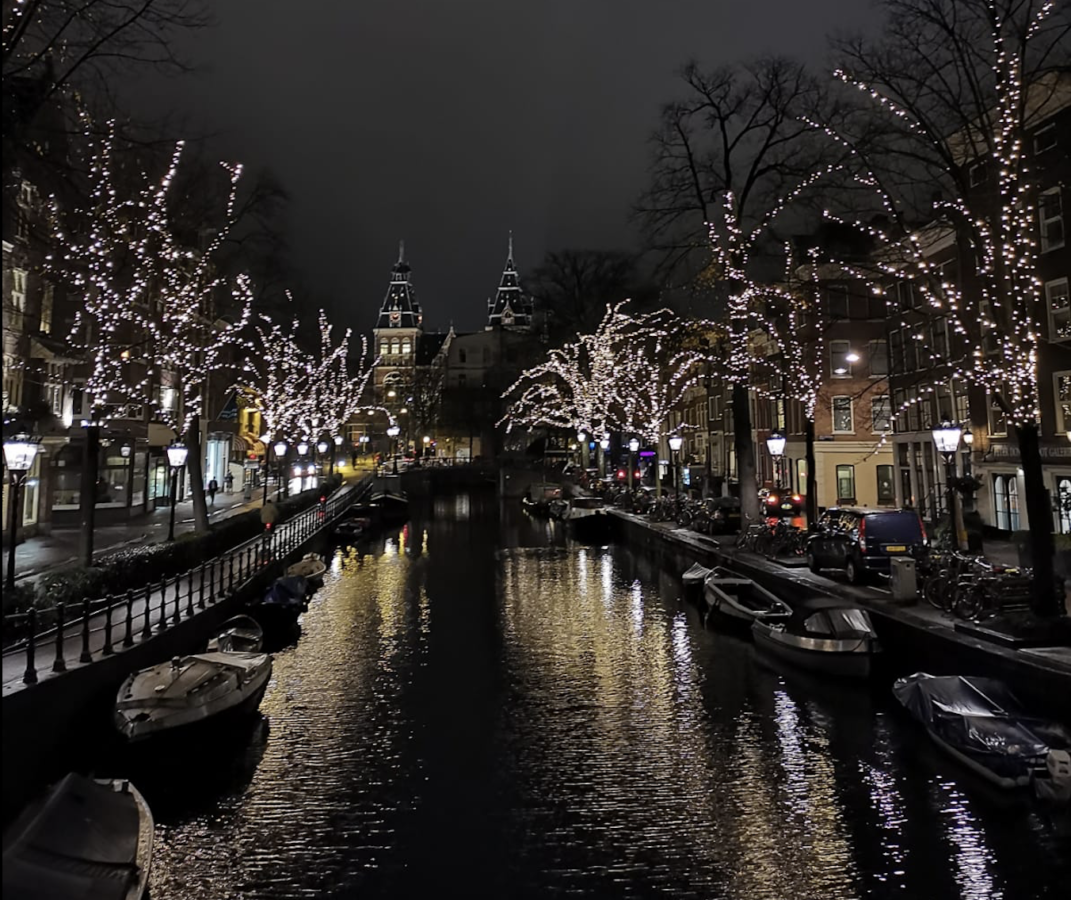
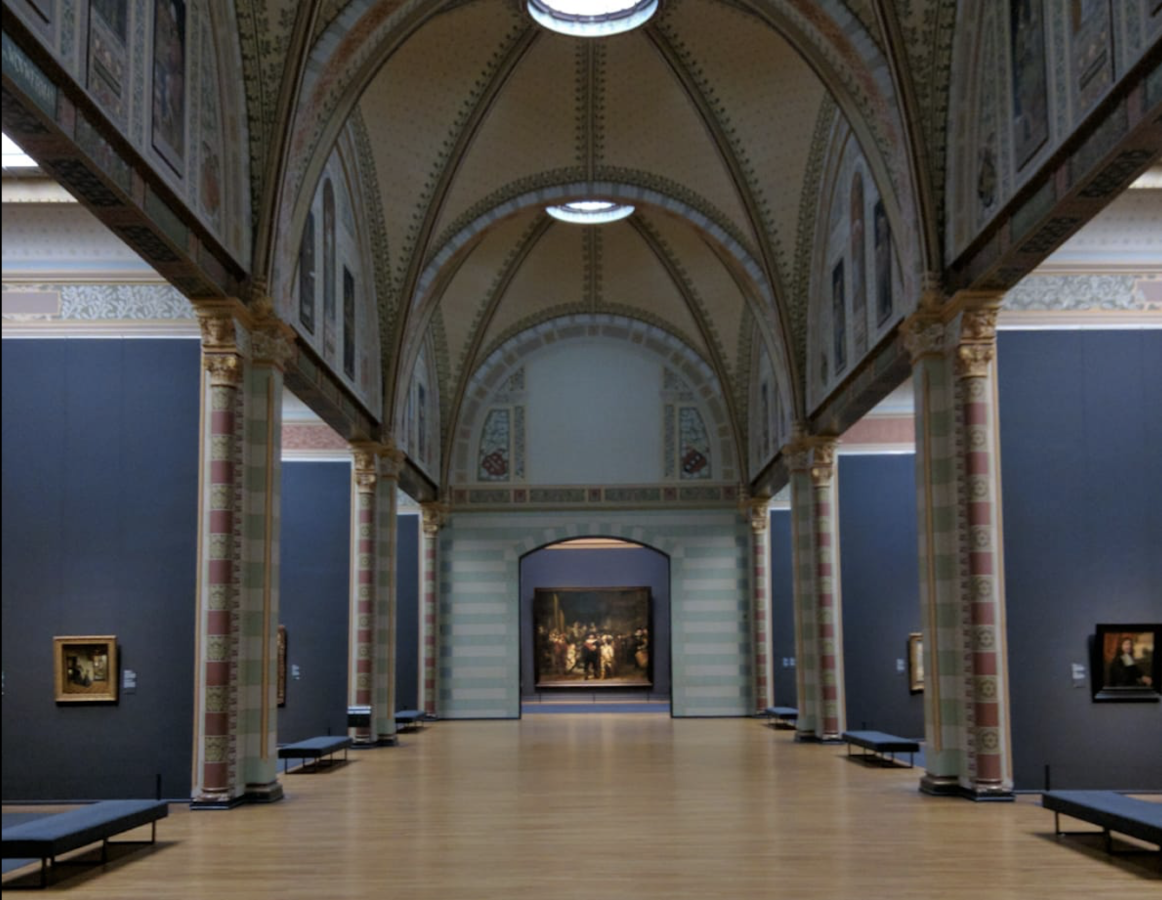
During a week of isolation, I had given myself the task of writing an article on the Rijksmuseum. I wanted to tell you about the 800 years of history it has to offer and to highlight the hundreds of thousands of objects it owns. But after several attempts, I realized that all that stood out in my writings were only impressions and emotions produced by the place. So I began to wonder about the parallels between these two worlds so dear to my balance. Here is what came out of it…
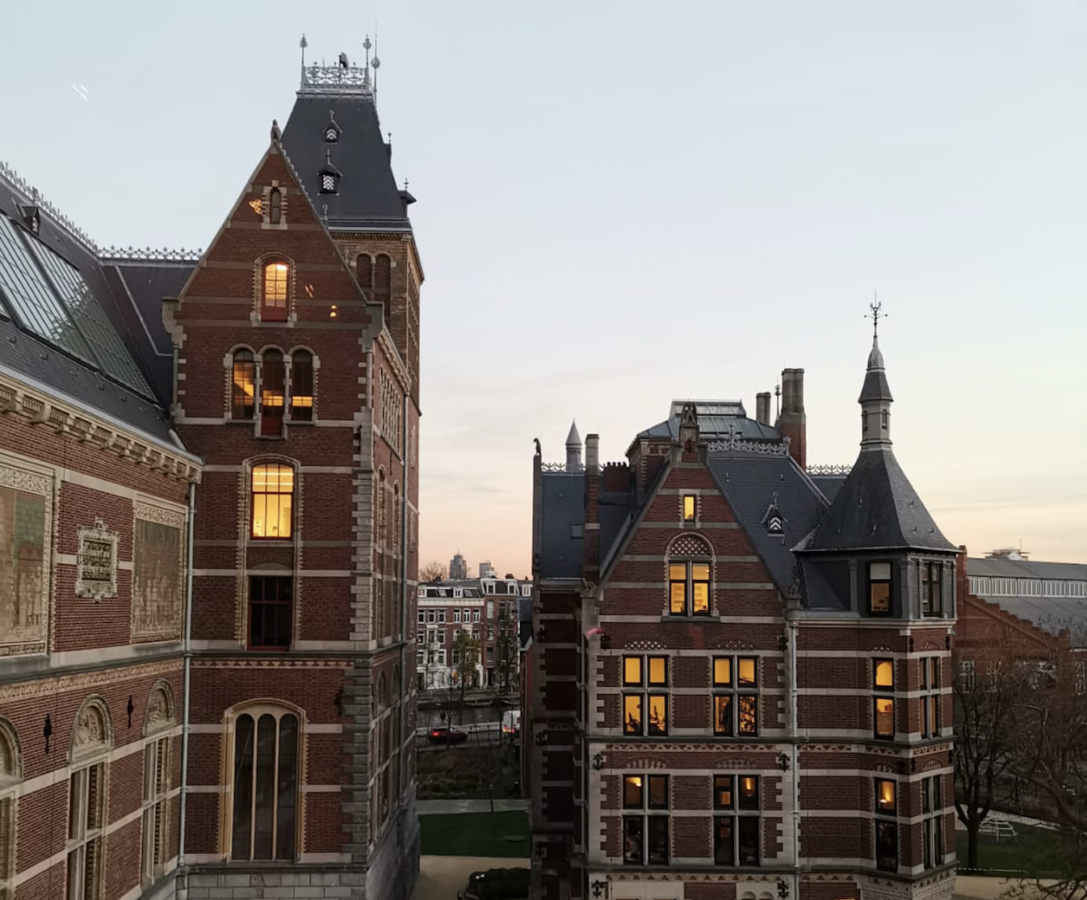
How would you describe the notion of refuge? A place foreign to the outside world where the concepts of space and time are obsolete, a den where silence and serenity take precedence over the concerns of everyday life, a place of contemplation during the bad weather of the sky and of the soul, an asylum where troubles and ego are filtered by beauty, a sanctuary, perhaps?
Cathedrals made of stones, iron and glass are three entities that are found in many places. They reach the peaks of our emotions and reflect the depth and intimacy of our dreams. They possess the keys for understanding our history from prestige to disgrace -the one that is celebrated and the one that is forgotten- but also the keys of our deep nature, the nature that we tread. As much as we defile, they push us to the first step and offer us the impulse towards the world of possibilities as well as of the invisible.
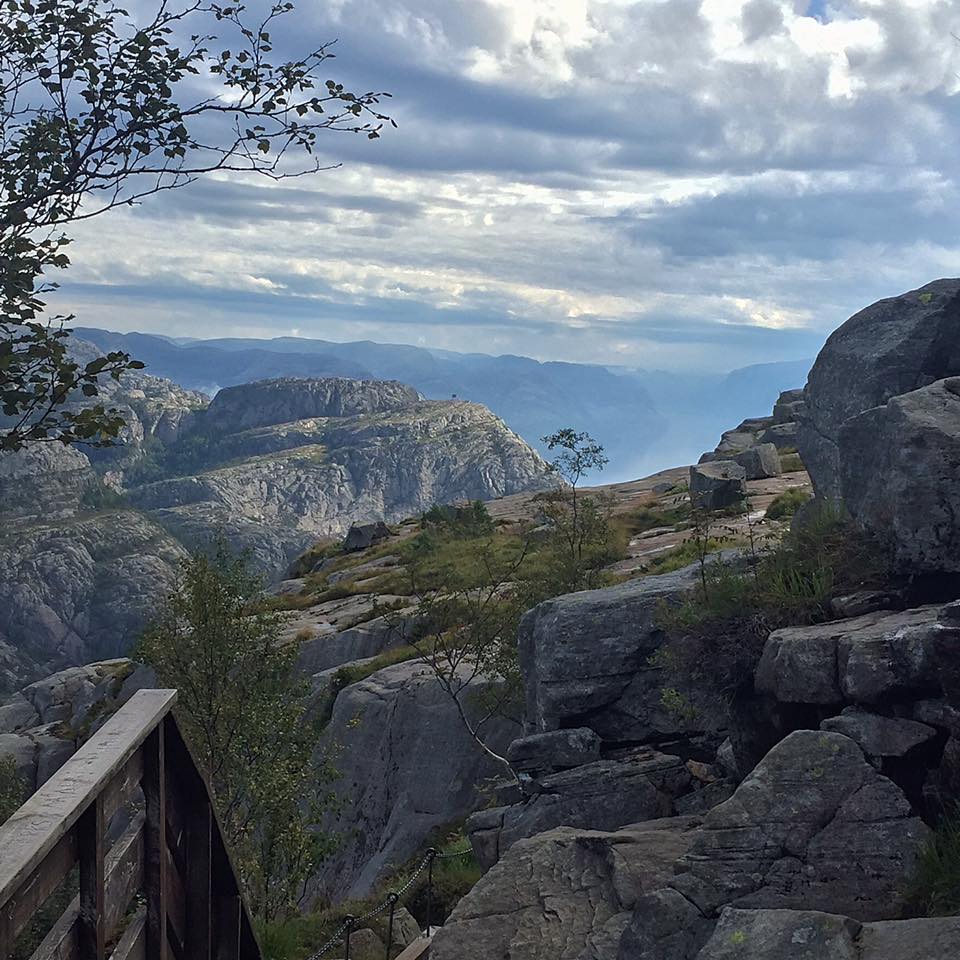
These are chambers where the necessity of the question– as well as the need for speech are illusions. We do not question them. They are the ones that ask the questions. They divert us from the futile, the useless and cyclical repetitions of the outside world.
Nature reminds us of the origins of our coming into the world. Like a mother or a father, we can seek to free ourselves from it, but when we come to the desire for creation, understanding is necessary because we know that the peaks of its mountains will always inspire us and bring us back to the beginning. We cross nature, life and its variations in the same way that we explore a museum, a gallery, a work, an artistic style and its period.
“This summer I would go to the sea, stroll on a beach, climb an unknown mountain, experience the crowd and the history of Paris, London, the northern landscapes, the monuments of Egypt or the sunset of the Attica. ”

For me, museums are the guardians of a more personal past. They are full of fantasies, memories and half-dreamed stories. They are the holder of the images from the eyes of our ancestors that we have refused to photograph, paint or draw in order to enjoy the present moment. A museum gives a voice to artists that remind us of moments, such as the silence experienced when contemplating an unforgettable landscape, spending a Sunday with family by a lake filled with waterlilies, an evening sitting at a bar watching the people dancing, or a night observing a loved one asleep illuminated by a starry night.
Sculptors, the explorers of the complexity of anatomy, are in search of perpetual movement. Sometimes, they even manage to capture our essence. Meanwhile, painters are the topographers of the psyche. They have the power to transform our environment and can project us out of time and space. The curators and historians are the orchestrators and tell art’s story for posterity.


I am often asked why I have this obsession with nature and museums. I always respond with the question, “How do you live the incessant flow of information that the media imposes on us on a daily basis ?” The information from the media often speaks to our insecurities and fears, reflecting the darkest, ugliest, and most negative things in the world. In turn, this information that speaks to these topics that are sensitive to our psyche will eventually lead us to believe that the words and images of the media are accurate representations of our human nature.
Museums, on the other hand, give us the opportunity to see life, our history and our actions with a new eye. As dark as human behavior may be, artists have always felt a certain duty, need and sometimes obsession to shape the living and depict the prospects of eternal life on a canvas or by sculpting a stone. Museums allow us to remember not only our origins but also the bright side of life that is not always highlighted in the media.
In a documentary I recently saw dedicated to religions, scientists were looking at the impact of prayer on our brains. They discovered that the party managing the “Id” of Freud’s model of the conscience was falling asleep during the prayer act. They forget their egos. What if a museum and nature had the same power? If, through the contemplation of a work of art or landscape, we were offered one of the most precious gifts of our time, the temporary abandonment of our ego and our individualism, perhaps we will be capable of escaping ourselves…
What is your refuge from it all?

Learn more:
[easyazon_image align=”none” height=”110″ identifier=”9492371332″ locale=”US” src=”https://www.dailyartmagazine.com/wp-content/uploads/2019/02/51x1ggTn7L.SL110.jpg” tag=”dailyartdaily-20″ width=”73″] [easyazon_image align=”none” height=”110″ identifier=”B014S0LMD6″ locale=”US” src=”https://www.dailyartmagazine.com/wp-content/uploads/2019/02/516J54GHBHL.SL110.jpg” tag=”dailyartdaily-20″ width=”88″] [easyazon_image align=”none” height=”110″ identifier=”908964900X” locale=”US” src=”https://www.dailyartmagazine.com/wp-content/uploads/2019/02/61yzV3lH8L.SL110.jpg” tag=”dailyartdaily-20″ width=”86″]
